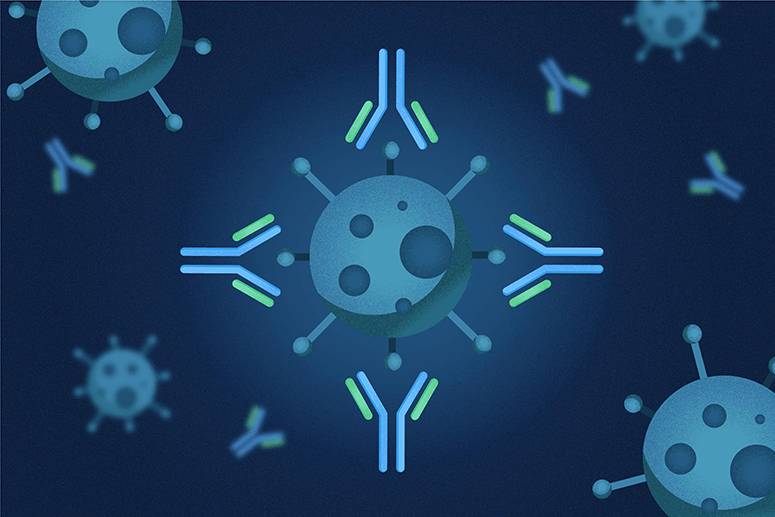Rash hour
An allergic reaction is when your body goes into full-blown panic mode after contracting an allergen. It’s likened to a surprise party when your immune system, afraid that the party may flop, starts to invite all the worst guests: sneezing, itching, tearing, swelling, coughing, light headedness, dizzy spells, and a game of “Who wants to breathe normally?”
Rashes and pulmonary symptoms
DW, a 65-year-old physician, consulted with me recently. Four weeks prior to the consult, she developed a sore throat, which disappeared only to be replaced with a productive cough, nasal congestion, low-grade fever and hoarseness.
She took an antibiotic, decongestant, mucolytic, and nebulized with salbutamol with ipratropium bromide, which improved her symptoms a little bit. But after finishing her antibiotic, there was still some coughing and a lot of nasal discharge with slight wheezing.
She then decided to consult with her pulmonary doctor, who added another antibiotic, a steroid, a diuretic, Seretide inhaler, a mucolytic, plus another medicine.
After getting better, DW developed a severe reaction after she underwent a physical-therapy massage. Since her therapist failed to bring his gloves, DW decided to give him her old rubber gloves because they were the only gloves available for his size. A day later, DW developed a severe skin reaction described as a fiery-red, urticaria-like rash on the areas where the oil with the gloves was applied.

She was forced to take steroids again together with an antihistamine that relieved her skin problem, but the rashes kept coming back. She also manifested light-headedness and anxiety, as she was feeling a slight sensation of heaviness in her chest.
Upon recurrence, she noted that the original areas were no longer affected, but the rash seemed to be even more severe and occured over the hands and feet, plus the knees and elbows. She told me that she no longer wants to take steroids, as she just took them when she had her cough. The problem is that I really need to give a steroid or I will not be able to control her symptoms.
Another concern is that even when on steroids, the relief is just temporary (symptoms will disappear for three hours only to recur). I thought she could also be having a reaction to the current steroid I was giving her, so I shifted to another kind and continued with the antihistamine.
For her it’s like hell on earth. I can just imagine her suffering due to this extremely itchy skin she’s had for almost three years already.
It took her symptoms another four days to finally disappear and hopefully a skin biopsy and other laboratory tests will no longer be necessary. This one is a puzzle, and thank God she got better!
Hell on earth
FL, a 69-year-old, soft-spoken lady, presented to me with a very severe case of skin lesions. Her whole body was filled with islands of thickened skin with a lot of abrasions in between the grayish, coarse, leathery skin.
For her it’s like hell on earth. I can just imagine her suffering due to this extremely itchy skin she’s had for almost three years already.
She said it all started with a cat scratch on her back, which I think is not really related. She has been to several dermatologists and allergologists, who prescribed her several oral medications, together with skin creams, but her symptoms did not improve and even got worse as months passed.
She mentioned, however, that she had an exaggeratedly elevated immunoglobulin E. So this was a start. I wanted to do a skin biopsy to rule out other possibilities, like pruritus-associated malignancy, but due to her lack of finances I was not able to proceed.
IgE is naturally produced by B-cell lymphocytes, a type of immune white blood cell. This antibody normally activates physical responses to help your body fight infections. For some people, exposure to allergens, which are harmless, non-infectious substances (like dust or pollen) can also trigger the body to produce and release IgE.
In these situations, IgE antibodies bind to the allergen and trigger an inflammatory response that can manifest with allergy symptoms such as a skin rash, sneezing, and swollen lips.

When your body releases IgE, a cascade of immune responses follows, some of which are mediated by other immune cells in the body. IgE is believed to bind to and activate several types of immune cells such as basophils, lymphocytes, and mast cells. When IgE binds with any of these cells, it can over-stimulate your immune system. Additionally, your capillaries widen and become leakier, increasing inflammation by allowing the immune cells to cluster around the allergen.
Elevated IgE can also mean the presence of autoimmune diseases. These occur when the immune system mistakenly attacks its own tissues. Inflammatory diseases are when there is an excess immune response that leads to inflammation. These can also be associated with high IgE. Examples include rheumatoid arthritis, an autoimmune disease that often affects joints; lupus, an autoimmune disease that can affect tissues and organs; Churg-Strauss syndrome, a rare autoimmune disorder that causes vasculitis (inflammation of blood vessels); immune-deficiencies (that occur when the body’s immune response is reduced or absent); or conditions that impair the immune system’s ability to fend off infections.
High IgE is also associated with certain blood-related cancers. This includes Hodgkin’s lymphoma, a type of blood cancer that starts in the lymph nodes, and IgE myeloma, a rare type of cancer that affects white blood cells in the bone marrow.
Some other conditions and behaviors associated with high IgE are smoking; medications used to treat or prevent bacterial infections, such as Aztreonam or penicillin G; cystic fibrosis, an inherited disorder that damages the lungs and digestive tract; Nephrotic Syndrome, a kidney disorder; and bone marrow transplants.
FL is currently under three oral medications plus a topical and I’m planning to shift her to other oral medications if there is little or no response after 10 days.


